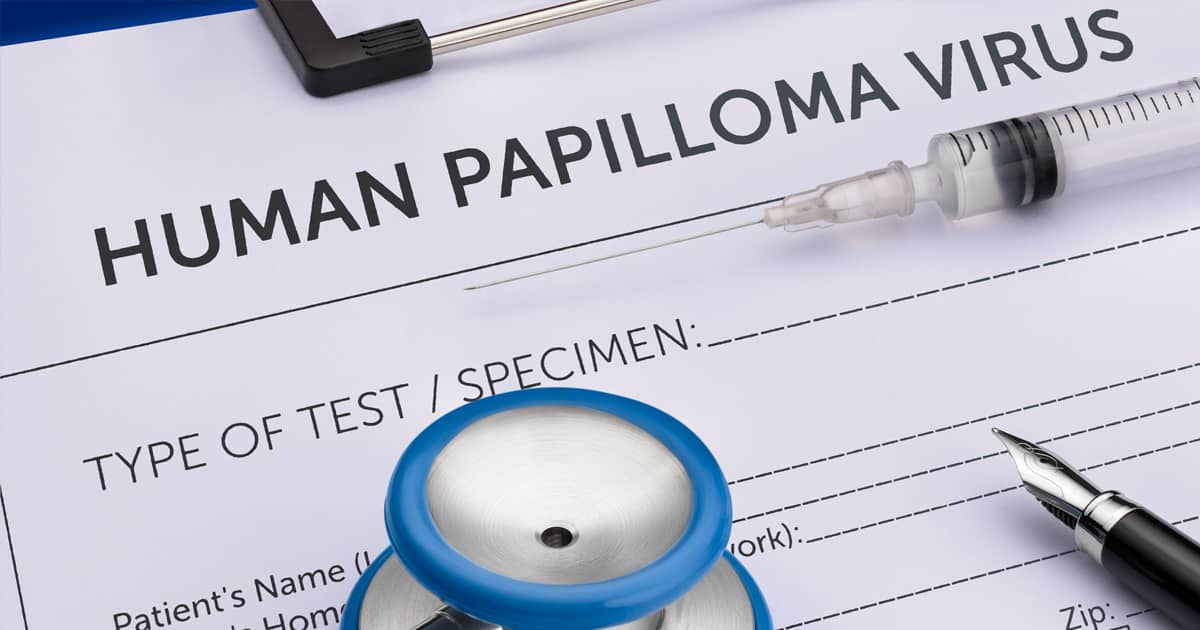Amongst the multitude of viruses that jump from host to host causing everything from sniffles to devastating conditions like AIDS, there sits a rather insidious one. This silent executioner flies under the radar, affecting nearly one-third of us at some point in our lives. The appalling part? It has the potential to morph into lethal cancer.
The covert culprit we’re referring to is the human papillomavirus or HPV.
HPV propagates via intimate contact with an HPV-infected person. The virus often meets its end within the host’s inept immune system but sometimes, it gains an upper hand and can spark off a cancerous anomaly. The most detrimental varieties of HPV are infamous for instigating cervical cancer. Vaccines do exist to deter them, yet a significant chunk of the world remains unvaccinated and thus, unprotected.
This combination of stealth transmission, high prevalence, and grave implications have summoned a quiet but deadly pandemic that is especially preying on the youth worldwide.
The Silent Cancer-Causing Pandemic
There over a hundred different variants of HPV, most of which can be effectively tackled by a robust immune system, causing little to no harm. However, certain strains of high-risk HPV can lead to serious health consequences.
High-risk HPV types number 16, 18, 31, 33, 35, 39, 45, 51, 52, 56, 58, 59, 66 and 68, sit at the top of the threat list.
When it comes to cervical cancer, strains 16 and 18 are the highest offenders, not only causing cervical but also vulva, vagina, penis and anal cancers. They can, under certain circumstances, also lead to mouth or throat cancer.
Studies have shown HPV 16 and 18 to be accountable for close to 70 per cent of all invasive cervical cancer cases. Normally, most HPV 16 and 18 infections resolve themselves in six to 18 months from initial exposure. Yet, for a worrying 10 per cent of women, these virus strains result in malignancy in the cervix, which can be fatal if not caught early.
The propagation of HPV has been dubbed a silent pandemic. This is because a significant number of individuals remain oblivious to being infected. The virus, in many instances, doesn’t trigger symptoms or complications. Hence, those not undertaking regular PAP smears could remain unaware of an issue until they begin to exhibit symptoms of cancer.
Both Men and Women Are Affected
It’s true that most HPV victims are women who have gotten a cervical cancer diagnosis at a late stage. HPV, however, can impact the life of anyone.
Some studies suggest that men have higher rates of HPV infections than women. According to recent US studies, one in five people is infected with a high risk human papillomavirus strain. That rate makes HPV the most widespread sexually transmitted disease in the US (and in many other parts of the world).
Dozens of HPV strains are more common in men then than they are in women. Some pessimistic estimates suggest that all sexually active men will come in contact with the virus during their lifetime. Men who have a high risk HPV infections could potentially experience serious conditions like oral, penile and anal cancer.
Approximately four per cent of adults high a high-risk strain of oral HPV. About 6.8 per cent of men are infected in comparison to 1.2 per cent of women. When it comes to high-risk genital HPV varieties, 25.1 per cent of men are infected in comparison to 20.4 per cent of women.
Guarding Against HPV: Reliable and Lifesaving Vaccines
Do you know what the most troublesome aspect of this silent pandemic is? Reliable and highly effective HPV vaccines exist. Some countries have added those to their immunisation calendars but other parts of the globe are still lagging behind. These discrepancies are allowing the spread of HPV to continue undisturbed.
UNICEF reports in 2023 that only one in eight girls globally is getting vaccinated against HPV. In comparison, 600,000 new cervical cancer cases were diagnosed over the course of just one year. Of all women having cervical cancer, 340,000 lost the battle.
According to UNICEF data, 60 per cent of the new cervical cancer cases occur in countries that haven’t launched HPV vaccination programmes yet.
As of 2023, 125 countries have introduced HPV vaccines. WHO recommends girls aged nine to 14 as the primary vaccination target. The HPV vaccine, however, can also be administered among boys, girls and women aged 15 to 20 and anyone else who is interested in becoming vaccinated. Older individuals will need to talk to their primary care physician about the possibility to assess the viability of the opportunity.
All HPV vaccines have efficacy that reaches close to 100 per cent for the high-risk strains responsible for causing cervical cancer. For such effectiveness to be enjoyed, however, the vaccine will need to be administered before the immune system has had a chance to meet the virus.
HPV vaccines are readily available in Singapore and anyone can consider this opportunity to reduce their risk of becoming infected.
Do you have questions about the opportunity? Would you like to find out whether you have HPV already? Contact Shim Clinic or visit us during working hours every day of the week. We can offer a through, confidential consultation to have all your questions answered. Immunisation opportunities are also readily available for those deemed good candidates.

